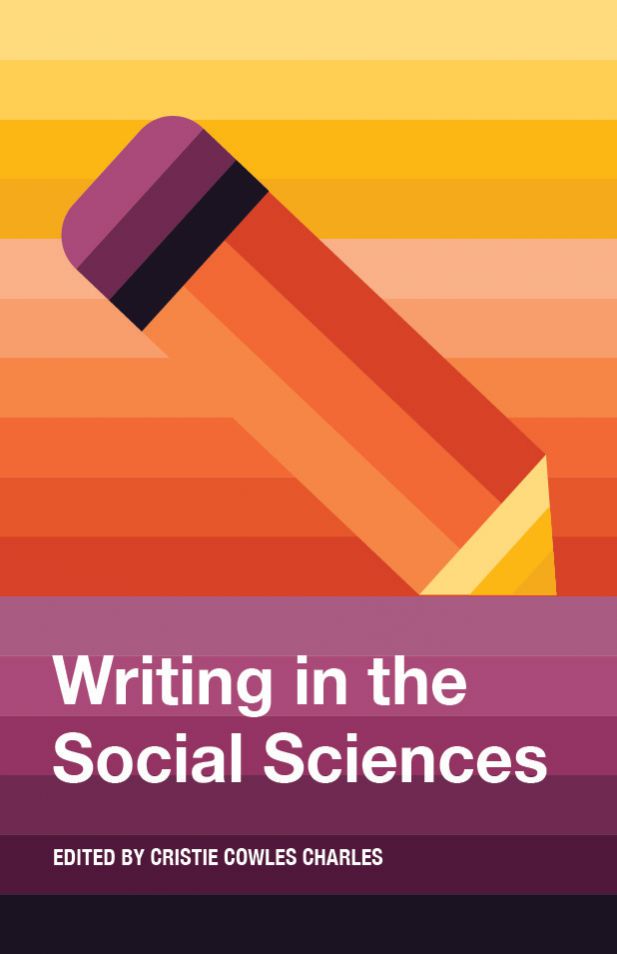
Introduction to Writing Essays
C. C. Charles
Writing in the Social Sciences is an advanced writing textbook that focuses on skills specific to careers in the social sciences. Its authors employ a personable writing style and engaging instructional design to share their expertise. Unit 1 introduces discourse communities, the rhetorical situation, available writing tools, mindful writing, and the writing process. Students will master good grammar and mechanics and a more sophisticated, audience-oriented style including visual design and tables and figures. Unit 2 focuses on writing for academic audiences including finding and evaluating sources and discussing and citing sources. Students will define literature reviews and learn the steps of composing a literature review: taking notes, synthesizing, organizing, drafting, and revising. They will also learn how to create compelling proposals. In Unit 3, students will focus on writing for general audiences including applying for jobs and graduate schools and writing public texts such as emails, memos, social media posts, blogs, infographics, and opinion editorials. In the final chapter, they’ll learn how to create engaging oral and poster presentations.
The material is distributed in accordance with the CC BY-SA. See details at: https://creativecommons.org/licenses/by-sa/4.0/
0 lượt xem
Học trực tuyến

Strategic City Branding: Insights from Asian Cities
Viriya Taecharungroj
Tài liệu được phân phối tuân theo Giấy phép CC BY-NC-ND. Xem chi tiết tại https://creativecommons.org/use-remix/cc-licenses/
0 lượt xem
Học trực tuyến
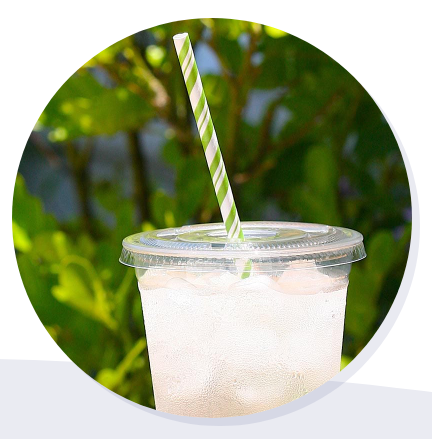
Instructional Materials - 6.2 Thermal Energy
OpenSciEd
"What keeps different cups or containers from warming up or cooling down? Students begin this 6th grade science unit by experimenting whether a new plastic cup sold by a store keeps a drink colder for longer than the regular plastic cup that comes free with the drink. Students find that the drink in the regular cup warms up more than the drink in the special cup. This prompts students to identify features of the cups that are different, such as the lid, walls, and hole for the straw, that might explain why one drink warms up more than the other.
In this 6th grade science unit, students investigate the different cup features they conjecture to explain the phenomenon, starting with the lid. They model how matter can enter or exit the cup via evaporation. However, they find that in a completely closed system, the liquid inside the cup still changes temperature. This motivates the need to trace the transfer of energy into the drink as it warms up. Through a series of lab investigations and simulations, students find two ways to transfer energy into the drink: (1) the absorption of light and (2) thermal energy from the warmer air around the drink. They are then challenged to design their own drink container that can perform as well as the store-bought container, following a set of design criteria and constraints."
The material is distributed in accordance with the CC BY. See details at: https://creativecommons.org/share-your-work/cclicenses/
0 lượt xem
Học trực tuyến
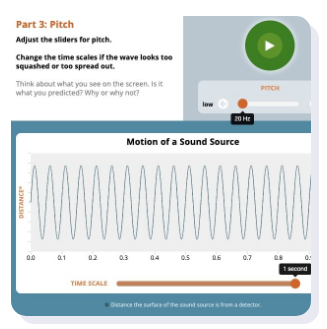
Simulation Library - Unit 8.2 L5 Hitting the High Notes
OpenSciEd
In this simulation, students adjust the slider to increase or decrease the pitch of a sound. They can also manipulate the time scale.
The material is distributed in accordance with the CC BY. See details at: https://creativecommons.org/licenses/by/4.0/
0 lượt xem
Học trực tuyến
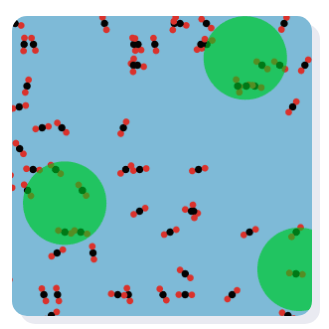
Simulation Library - Unit 7.4 L5 Matter Cycling – Chloroplasts and Food
OpenSciEd
This simulation shows the relationship between the inputs and outputs in the chloroplasts of plants to help explain how they convert water and carbon dioxide to glucose and water with the help of energy absorbed from light.
The material is distributed in accordance with the CC BY. See details at: https://creativecommons.org/licenses/by/4.0/
0 lượt xem
Học trực tuyến
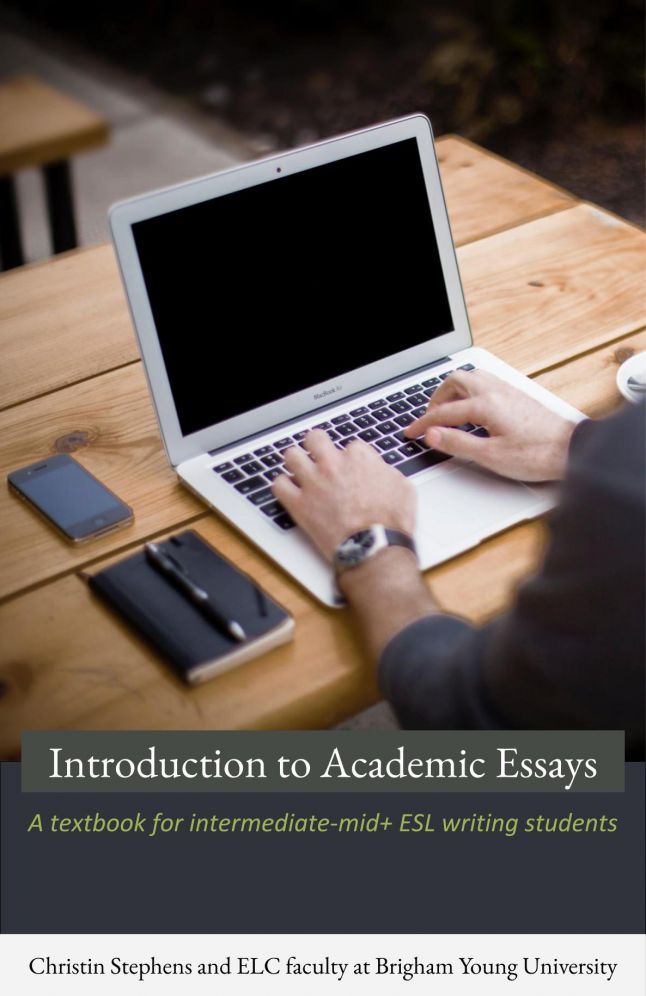
Academic A Writing : Introduction to Academic Essays
Chirstin Stephens
This text is designed to help university-bound ESL students at the intermediate mid level. The content covers the basics of standard American English essay writing and formatting.
The material is distributed in accordance with the CC BY-NC. See details at: https://creativecommons.org/share-your-work/cclicenses/
0 lượt xem
Học trực tuyến
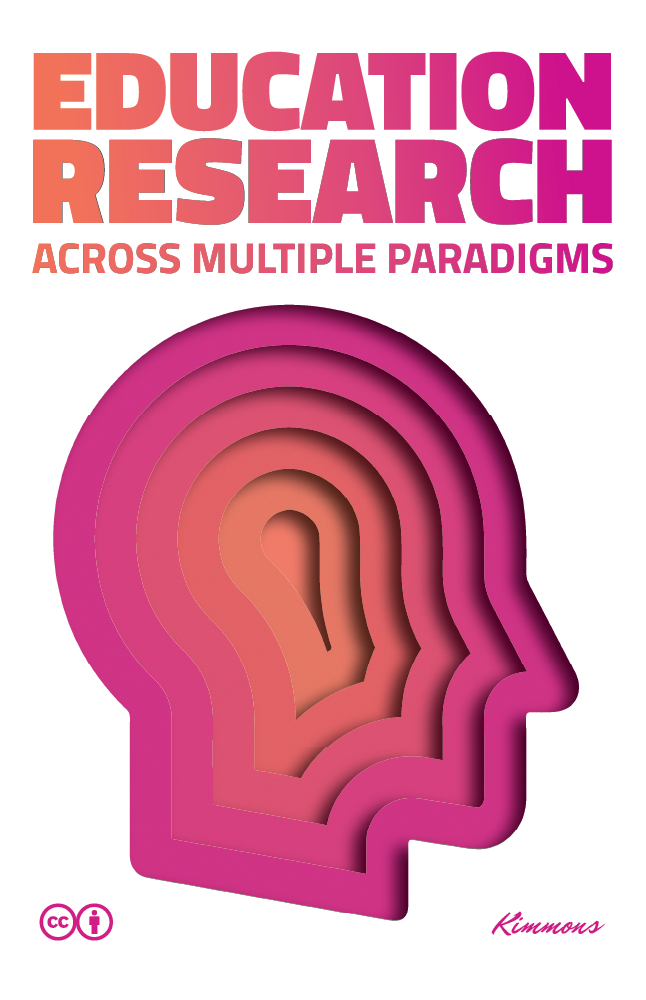
Education Research: Across Multiple Paradigms
R. Kimmons
Written for introductory education research courses, this book gives students a broad view of the process, history, paradigms, and methods of education research so that they can become critical consumers of others' research, communicate in a variety of research languages, and navigate dominant research paradigms throughout their careers.
The material is distributed in accordance with the CC BY. See details at: https://creativecommons.org/licenses/by/4.0/
0 lượt xem
Học trực tuyến

Instructional Materials - 6.6 Cells & Systems
OpenSciEd
"This unit launches with students hearing about an injury that happened to a middle school student that caused him to need stitches, pins, and a cast. They analyze doctor reports and develop an initial model for what is going on in our body when it heals. Students investigate what the different parts of our body are made of, from the macro scale to the micro scale. They figure out parts of our body are made of cells and that these cells work together for our body to function.
Once students have figured out what their bodies are made of and how the parts of their body work together to be able to move, they wonder how the parts of our body heal. They start by watching a timelapse of a knee scrape and notice that over time the part that was scraped is filled in with new skin cells. Students investigate what happens when cells make more cells, what cells need to make more cells, and how cells get what they need to make more cells. Students return to the healing timeline they made at the start of the unit and apply what they have figured out about the interactions between the different systems in the body to explain the various events of healing that took place for the injury at the start of the unit. Finally, they apply their model for healing to explain growth at growth plates in children's bodies as they become adults."
The material is distributed in accordance with the CC BY. See details at: https://creativecommons.org/licenses/by/4.0/
0 lượt xem
Học trực tuyến

The Hipster Economy Taste and authenticity in late modern capitalism
Alessandro Gerosa
Tài liệu được phân phối tuân theo Giấy phép CC BY-NC-ND. Xem chi tiết tại https://creativecommons.org/use-remix/cc-licenses/
0 lượt xem
Học trực tuyến
Tìm kiếm nâng cao
Coming Soon

